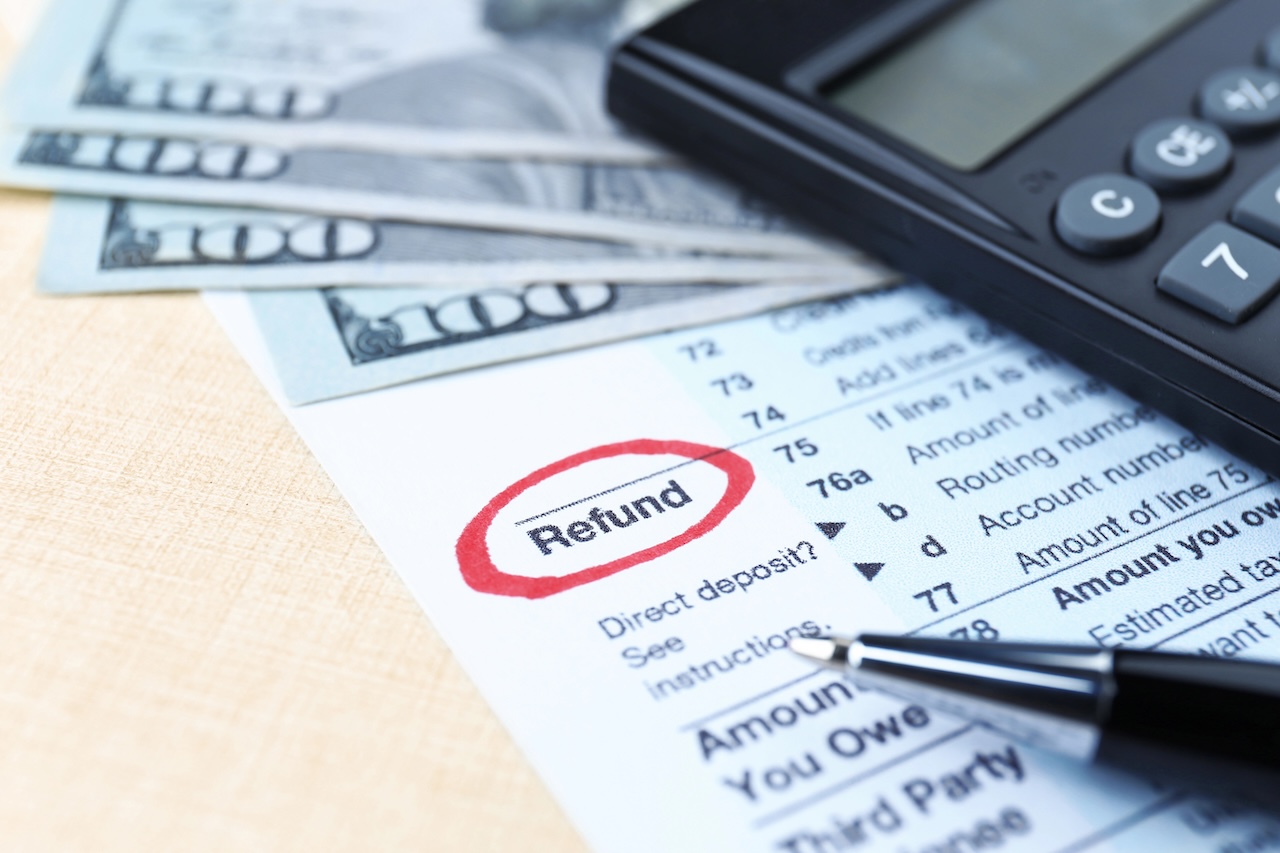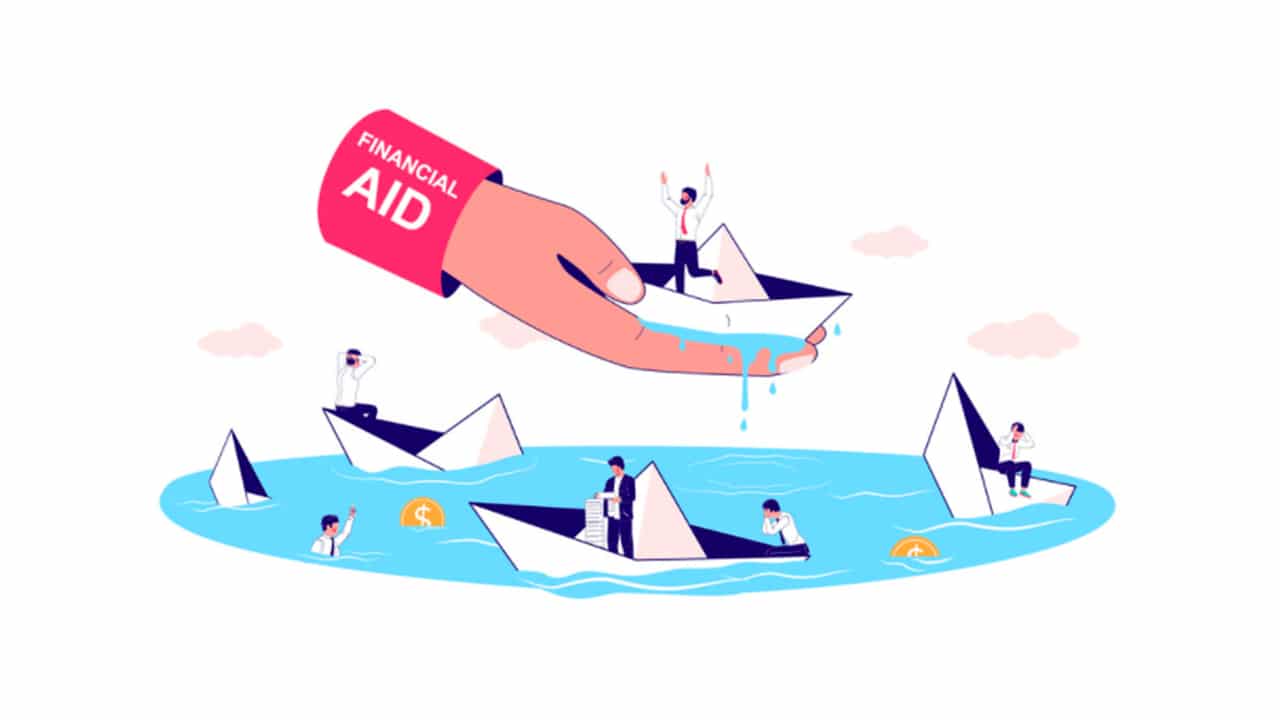What to Know About Borrowing With a Low Credit Score


Borrowing money can feel harder when your credit score is low. While it doesn’t make borrowing impossible, it often means higher interest rates or stricter requirements. By understanding how lenders evaluate applications and what choices might be available, you can better prepare and avoid costly mistakes.
A credit score is one tool lenders use to judge risk, but it isn’t the only one. Here are a few key areas they may review:
Together, these factors help lenders decide not only if you qualify but also what kind of interest rate and terms you might receive.
Having a low credit score doesn’t rule out borrowing, but it can limit your choices. Here are some common loan paths people consider, along with the trade-offs:
Some online lenders make loans available to people with less-than-perfect credit. These are usually unsecured, meaning they don’t require collateral. The downside is that interest rates are often higher, which makes the loan more expensive over time.
A secured loan requires collateral, such as a vehicle or savings account. Because the lender has something of value to fall back on, approval may be easier. But there’s a serious risk: if you miss payments, you could lose the item you used as collateral.
A family member or close friend with stronger credit may agree to co-sign your loan application. This can improve your chances of approval and may even lower the interest rate. However, co-signing carries risks for both parties. If payments are late or missed, your co-signer’s credit score will be affected, and they could be held responsible for repayment.
Pawnshops provide short-term loans in exchange for valuables like jewelry, electronics, or instruments. While this may provide quick cash, fees and interest charges can add up quickly. If you can’t repay within the agreed period, the pawnshop keeps the item.
When borrowing with a low credit score, it’s especially important to watch out for pitfalls that could create more financial strain.
Some lenders target people with low credit scores by advertising “bad credit loans” that sound appealing but come with hidden risks. Be cautious if you see any of these warning signs:
Taking the time to read agreements carefully and comparing options can help you avoid debt traps.
If borrowing feels too risky right now, there are other ways to work toward financial stability. These may not provide immediate cash, but they can strengthen your situation over time:
A low credit score can make borrowing more challenging and expensive, but it doesn’t leave you without options. If you do pursue a loan, weigh the costs carefully and watch for warning signs of predatory offers. In many cases, focusing on alternatives—like building payment history, budgeting carefully, or speaking with a credit counselor—may help create more stability in the long run. The best choice depends on your personal goals and your ability to manage repayment without adding more financial stress.
The content provided is intended for informational purposes only. Estimates or statements contained within may be based on prior results or from third parties. The views expressed in these materials are those of the author and may not reflect the view of National Debt Relief. We make no guarantees that the information contained on this site will be accurate or applicable and results may vary depending on individual situations. Contact a financial and/or tax professional regarding your specific financial and tax situation. Please visit our terms of service for full terms governing the use this site.

Tax refunds in early 2026 could be $1,000 to $2,000 larger for many households due to retroactive tax law changes....

Why does it feel like large companies always get the upper hand? Maybe it’s the long contracts with fine print,...

What can you do if you can’t afford college? Maybe the financial aid award wasn’t enough, or you only want...